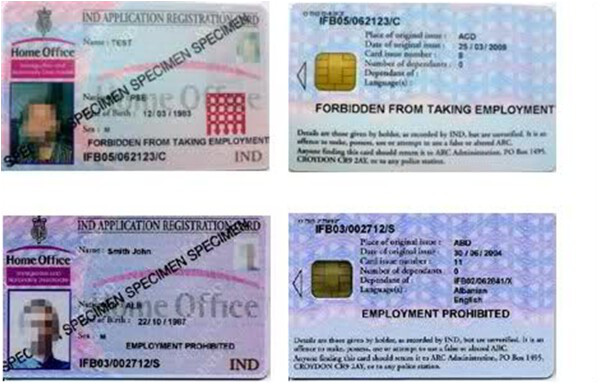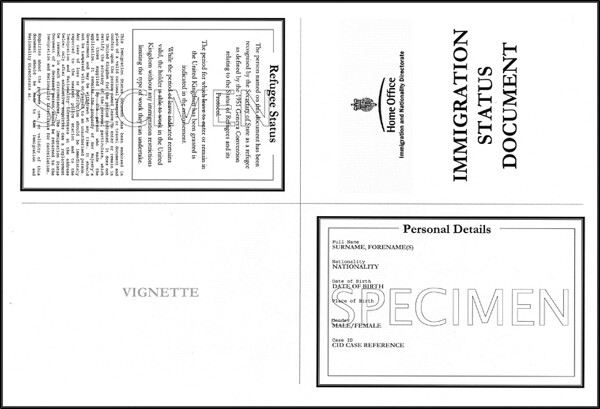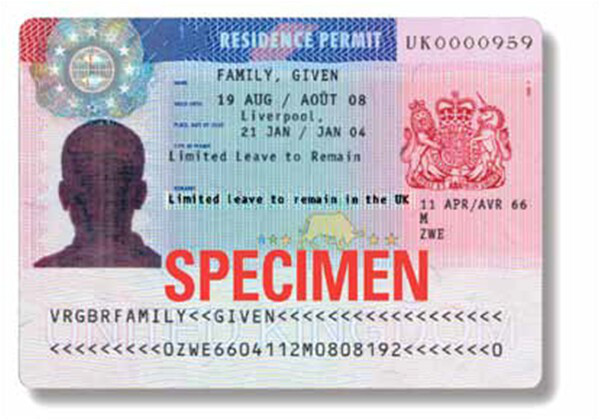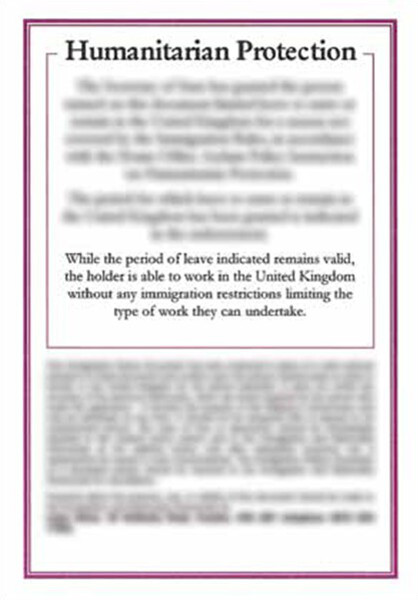Asylum seekers and refugees
A person who can prove that he or she has a well-founded fear of persecution on one or more of a number of grounds, including race, religion, nationality, membership of a particular group or political opinion, has the right to be granted asylum and refugee status.
Until the Home Office makes a decision on an application to be recognised as a refugee, the person is called an asylum seeker. Asylum seekers are issued with an application registration card.
A person who is recognised as a refugee is granted refugee status for a period of five years. It is usually possible to apply for settlement after this period. Until December 2012, refugees used to be issued with an immigration status document. Now they are issued with a biometric residence permit. They might have a UN travel document.
If the Home Office considers that an asylum seeker should not be recognised as a refugee, but should not be required to leave the UK, it can instead grant Humanitarian Protection for a period of five years, after which the person might be eligible to apply for settled status. Others might be granted Discretionary Leave or Leave outside the Rules. People granted Humanitarian Protection or Discretionary Leave used to be issued with an immigration status document. Now they are issued with a biometric residence permit, similar to the one issued to refugees.
Those who have been granted leave on the basis of their application for asylum should not have any restrictions on their study. Asylum seekers who are awaiting a decision from the Home Office will be given certain conditions that they need to abide by while their application is pending. It is important that those who have made an application for asylum protect their status and comply with their conditions. Therefore, check their latest correspondence from the Home Office to see whether they can study.





